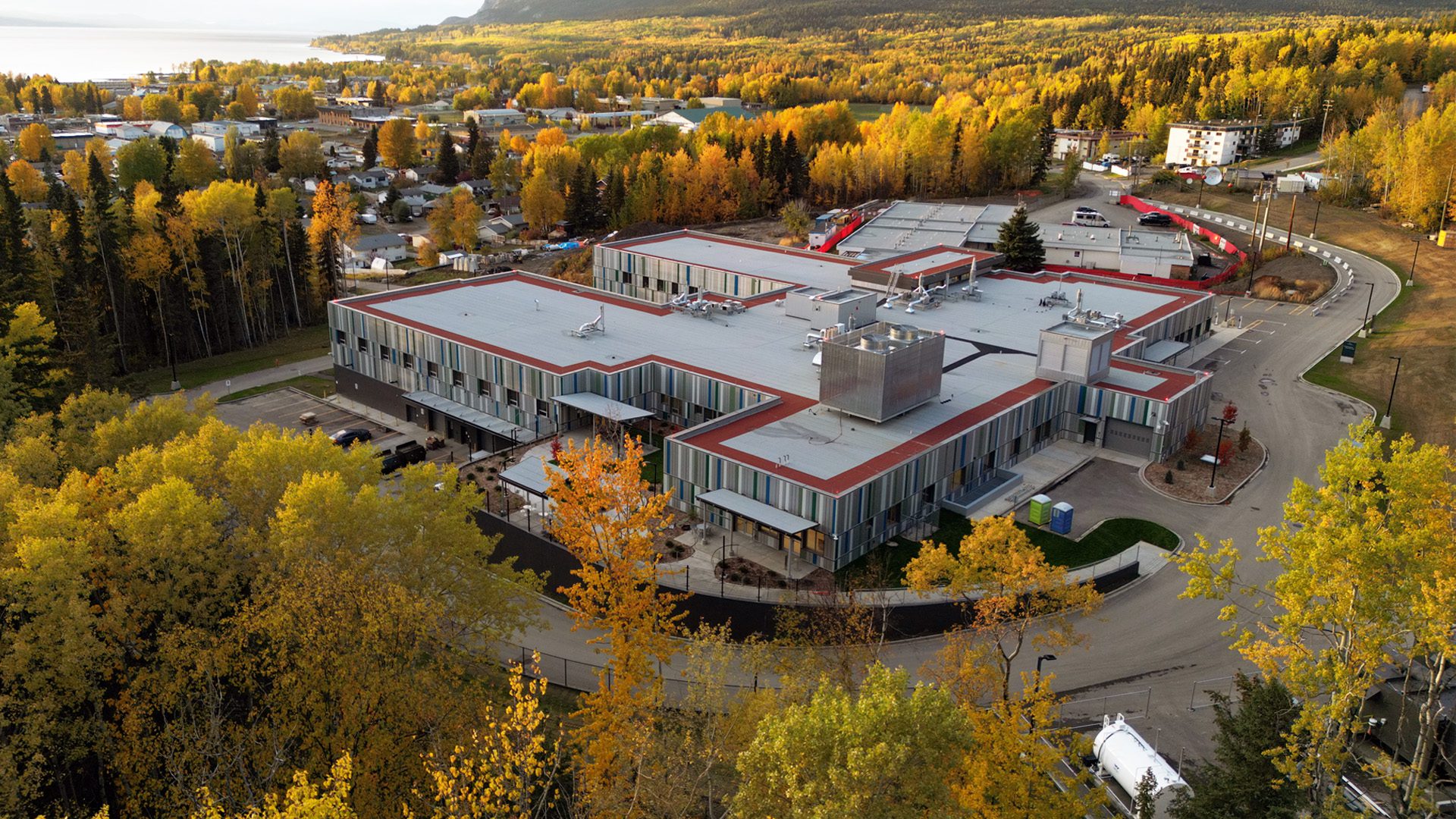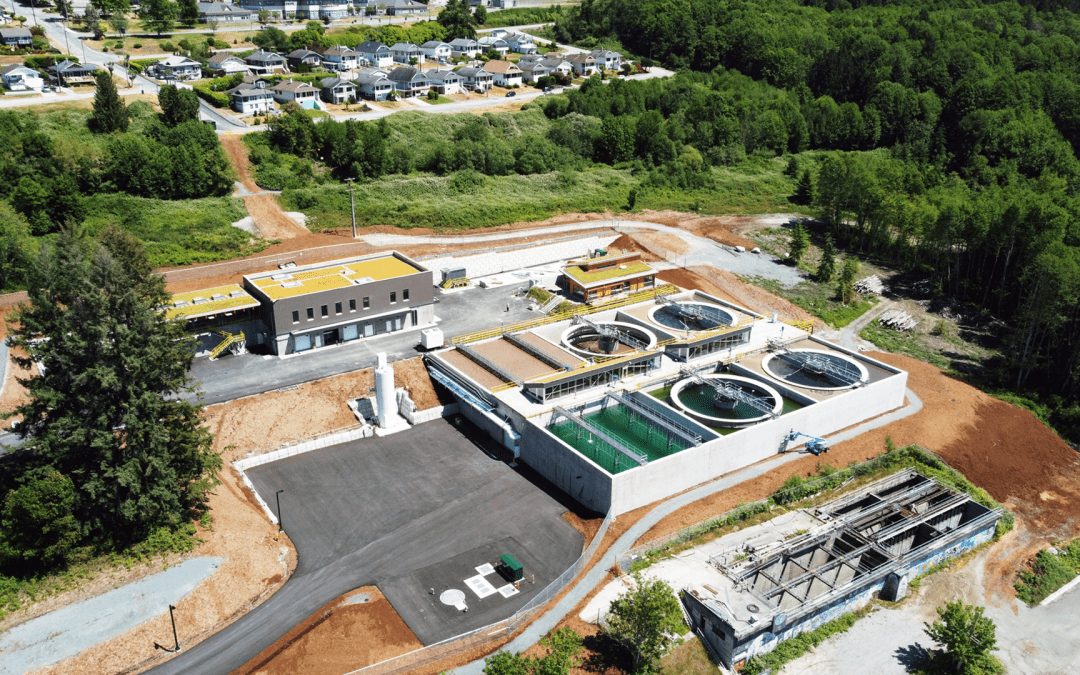Delivering healthcare facilities is a complex and critical endeavor, one that requires an intimate understanding of their unique nature and their specific purpose. Yet to be successful, as Dave Corcoran, Vice President, Healthcare at Graham, emphasizes, “It’s also important for us as healthcare facility builders to understand the critical nature of these facilities, particularly when we design the facility. Our people understand our guiding principle and the primary goal of a health facility which drives our actions—‘Patients come first when making decisions’.
EXPERIENCE AND KNOWLEDGE MATTER
Graham has delivered over 350 hospital and medical facility projects across Western Canada and Northwestern United States.
Experience in building these facilities is crucial, involving detailed knowledge of clinical operations, medical equipment, infection prevention and control, patient privacy, staff safety, and regulatory compliance. Our teams at Graham stay continuously updated with all regulatory requirements through training.
With experience comes the understanding that integration of medical technology poses its own set of challenges. Hospitals require specialized equipment and infrastructure to support medical operations. As Vern Swicheniuk, Construction Manager, Buildings, explains, “with medical technology constantly evolving, projects need to accommodate the integration of the latest equipment—sometimes as much as five or six years into construction.” Typical hospitals have several thousand pieces of equipment and furniture that must be properly accounted for. Graham has experience with a variety of specialized equipment, including diagnostic imaging equipment (MRI, CT, x-ray, fluoroscopy, and mammography), medical device reprocessing equipment, and operating and procedure room equipment. Most of our full-build hospitals are a combination of more than ten specialized program spaces.

North Island Hospitals – Campbell River & Courtenay, BC
Adhering to healthcare regulations is paramount, with facilities subject to stringent codes to ensure patient and staff safety, as well as patient privacy. Moreover, strict infection control measures are crucial. “Regulations are required to be closely followed to ensure facilities are constructed in a manner that will protect patients, staff, and visitors from disease transmission and other health issues” states Swicheniuk. A strong collaborative relationship with hospital Infection Prevention & Control (IPC) professionals is essential, ensuring that construction teams are well-versed in current IPC measures.
Collaboration with healthcare professionals is equally important to ensure that the facility’s design meets the functional requirements of medical staff and patients. Corcoran’s 16 years of healthcare experience informs his approach, “it’s critical that our design team partners, and design managers have an in-depth understanding of typical healthcare processes, while also having the ability to listen and understand the unique needs of specific healthcare providers.”
SPECIALIZATION BRINGS SUCCESS
Specialized construction techniques and robust project management skills are required to address the complexities of healthcare construction. Features such as cleanrooms for operating rooms, radiation shielding for imaging facilities, and specialized areas like medical device reprocessing and hospital kitchens require expert knowledge and execution. Managing such projects requires excellent coordination among multiple stakeholders, managing budgets and schedules, and ensuring quality control throughout the planning and construction process.
Emergency preparedness is critical, with hospitals needing to operate safely during emergencies like natural disasters or utility outages. Some readiness considerations include emergency oxygen storage, dual water sources, multiple communication service providers, emergency sanitary storage or removal systems, and redundant heating fuel sources. Some hospitals also feature heliports, which add significant construction and regulatory requirements.
SUSTAINABILITY REQUIRED
Sustainability is a priority in healthcare construction, with many facilities required to be built to high energy standards and to a level of Leadership in Energy and Environmental Design (LEED) certification. Currently, Graham is currently constructing three hospitals in British Columbia that are targeting achieving LEED Gold certification.

Tabor Home Medical Facility – Morden, MB
COMMUNITY IMPACT
Outside of technical delivery considerations, the impact of these facilities extends beyond their walls as our teams integrate into the community. As Swicheniuk explains, “Most of our hospital builds take several years so it’s natural that we would participate in the community. We join hockey teams, summer ball, gyms, go fishing and golfing, and there have even been occasions of dog sledding.” Graham also sponsors local events and supports local charities. This community engagement underscores the integral role healthcare facilities play in the lives of those they serve. Corcoran sees it very clearly, “Healthcare facilities are the focal point of many communities. They will play an important part in the lives of almost all residents. Many people will have the best and the worst days of their lives in these facilities, highlighting the importance of ensuring the facility is designed and constructed to meet all their needs.”

Stuart Lake Hospital – Fort St. James, BC



